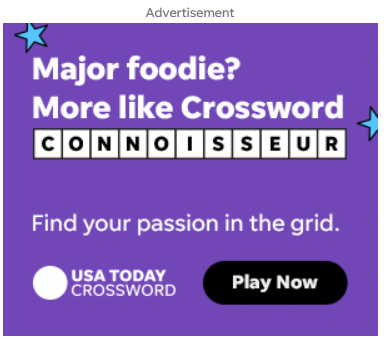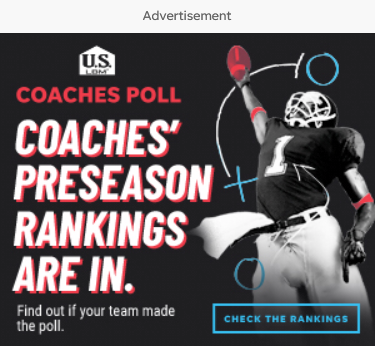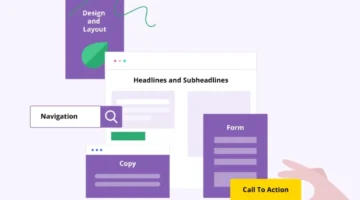Photo by Team TGM
At The Growth Miner, we believe every company—no matter how small—has the potential to become a strong brand. A business sells products or services, but a brand creates emotions, trust, and loyalty. In today’s competitive market, people don’t just buy what you sell; they buy why you exist and how you make them feel.
If you’re a startup, small company, or someone about to launch a new business, this guide will give you a clear, step-by-step process to transform your idea into a recognizable brand.
Table of Content:
What Does “Building a Brand” Really Mean?
Many new founders think branding is just about a logo or fancy colors. But in reality, a brand is the reputation and trust you build over time.
A strong brand answers:
- Who are you?
- What do you stand for?
- Why should customers choose you over others?
👉 Example: Apple doesn’t just sell phones; it sells innovation, status, and lifestyle. That’s why people line up for hours to buy their new releases.
Step 1: Define Your Brand Purpose and Mission
Before you design a logo or make a website, you must ask: Why does my company exist?
Your mission is what separates you from a generic business.
- Are you here to make life simpler?
- Do you want to make eco-friendly products affordable?
- Are you helping small businesses grow online?
👉 Example: Patagonia openly states its purpose is to save the planet. This clarity attracts loyal customers who care about sustainability.
💡 Action for you: Write a one-sentence mission statement that clearly explains your purpose.
Step 2: Identify and Understand Your Target Audience
A brand cannot please everyone. You need to know your ideal customer deeply—their problems, goals, and what motivates them.
👉 Example: Nike focuses on athletes and people who value fitness. Their campaigns speak directly to those who “Just Do It.”
💡 Action for you: Create a simple customer profile (age, location, pain points, interests). This helps shape your branding message.
Step 3: Craft a Memorable Brand Identity
Now comes the fun part—creating your brand look and feel.
- Name & Tagline: Should be simple, memorable, and meaningful.
- Logo: Represents your values visually.
- Colors & Fonts: Should reflect your personality (blue = trust, red = energy, green = growth).
👉 Example: Coca-Cola’s red color represents excitement and happiness, while Spotify’s green signals creativity and energy.
💡 Action for you: Keep it consistent across your website, social media, packaging, and marketing.
Step 4: Build Your Unique Value Proposition (UVP)
Ask yourself: “Why should customers choose me instead of my competitors?”
- Your UVP should highlight what makes you different.
- It should be short, clear, and benefit-driven.
👉 Example: Zoom stood out from older video tools by focusing on being “easy to use” and “reliable.”
💡 Action for you: Complete this sentence → Customers should choose us because we __________.
Step 5: Develop a Strong Online Presence
In 2025, if your business isn’t online, it practically doesn’t exist.
- Professional Website: Use platforms like Webflow, WordPress, or Shopify.
- Social Media Branding: Be consistent with your tone, visuals, and posting style.
- Content Marketing: Blogs, videos, and infographics to educate and attract customers.
👉 Example: Dollar Shave Club built their brand online through one viral video, which gave them millions of loyal customers.
💡 Action for you: Pick 2-3 platforms where your customers are most active (Instagram, LinkedIn, YouTube) and start building a presence.
Step 6: Deliver a Consistent Brand Experience
Your brand isn’t just marketing—it’s how people feel when they interact with you.
- Fast response in customer service.
- Clear, friendly emails.
- High-quality packaging and delivery.
👉 Example: Amazon’s success is built on customer obsession. People trust Amazon because they know their orders will be delivered quickly and reliably.
💡 Action for you: Create a simple checklist of how your customer experience should look at every touchpoint.
Step 7: Build Trust and Authority
People don’t buy from companies—they buy from brands they trust.
- Collect testimonials and reviews.
- Get featured in blogs, podcasts, or media.
- Partner with influencers or other brands.
👉 Example: Dropbox grew quickly by using referrals—people trusted recommendations from friends.
💡 Action for you: Start with small wins—ask your first customers for honest reviews and showcase them.
Step 8: Use Storytelling to Connect Emotionally
People remember stories, not sales pitches.
- Share why you started your company.
- Tell customer success stories.
- Use storytelling in your ads and content.
👉 Example: Airbnb’s campaigns focus on the story of belonging, not just renting rooms.
💡 Action for you: Write a simple “brand story” page on your website.
Step 9: Measure and Improve Your Branding Efforts
Building a brand is a continuous process. Use data to track your progress.
- Brand awareness (Google Trends, social mentions).
- Customer loyalty (repeat purchases, referrals).
- Growth in followers and website traffic.
💡 Action for you: Review your brand strategy every 6 months and make adjustments.
Pro Tips for Faster Brand Growth 🚀
- Start small, scale big: Focus on one strong message first.
- Be authentic: Don’t fake it; customers sense dishonesty.
- Stay consistent: Repetition builds recognition.
- Invest in design: A professional look adds credibility.
- Engage your community: Respond to comments, emails, and feedback.
Conclusion
Every big brand today was once a small startup. What made them successful was not just their product, but the brand value they built over time.
At The Growth Miner, we believe that branding = trust + consistency + purpose. If you’re a startup or small business, follow these steps and you’ll create a brand that not only attracts customers but also inspires loyalty and drives long-term growth.
-
It usually takes 6–18 months to build a recognizable brand, depending on consistency and marketing.







